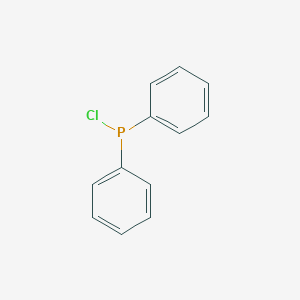(1) In order to speed up the concentration, vacuum concentration and decompression can be used, and the degree of vacuum should be determined according to the nature of the material and the production process;
(2) When the organic solvent is recovered, the degree of vacuum should not be too large to reduce the loss of organic solvent;
(3) When the equipment is used as a concentration process, * the condenser should not pass into the condensate, otherwise internal reflux will occur, and the concentration rate will be slowed down. When the ethanol is recovered, the condenser should be condensed to cause condensation. Conducive to the recovery of ethanol;
(4) The equipment must be returned to normal pressure during discharge.
Note the use of single-effect concentrators :
(1) When recovering ethanol, the temperature inside the evaporator should be controlled at about 80 °C.
(2) The degree of vacuum should not be too large. If the vacuum is too high, the ethanol will be sucked away, resulting in low recovery rate; if the degree of vacuum is too large, the liquid will be excessively boiled and the liquid will be lost.
(3) The temperature of the cooling circulating water should be lower than 40 ° C. The lower the temperature, the better the condensation effect. Under normal circumstances, the ethanol concentration of the single-effect concentrator can reach about 85%, and then refined by the distillation tower can reach 90% to 92%.
Chlorodiphenylphosphine CAS No.1079-66-9
Chlorodiphenylphosphine Basic Information
Product Name: Chlorodiphenylphosphine
CAS: 1079-66-9
MF: C12H10ClP
MW: 220.63
EINECS: 214-093-2
Mol File: 1079-66-9.mol
Chlorodiphenylphosphine Structure

Melting point 14-16°C
Boiling point 320 °C(lit.)
density 1.229 g/mL at 25 °C(lit.)
storage temp. Store at R.T.
solubility Miscible with alcohol. Slightly miscible with ammonia.
form Liquid
color Colorless to yellow
Water Solubility Reacts violently
Sensitive Air & Moisture Sensitive
Chlorodiphenylphosphine Application
Chlorodiphenylphosphine is used to introduce the diphenylphosphinyl moiety by aryl ortho-lithiation. It is also used as an intermediate to make antioxidants, flame retardants, stabilizers, catalysts, photoinitiators, and optical brighteners. Used as a halogenation reagent for the conversion of alcohols into halides, in the preparation of solid-phase reagent for the conversion of alcohols to alkyl halides.
Chlorodiphenylphosphine,Chlorodiphenylphosphine Oxide,Chlorodiphenylphosphine 31P Nmr,Chlorodiphenylphosphine Synthesis
ShanDong YingLang Chemical Co.,LTD , https://www.sdylhgtrade.com